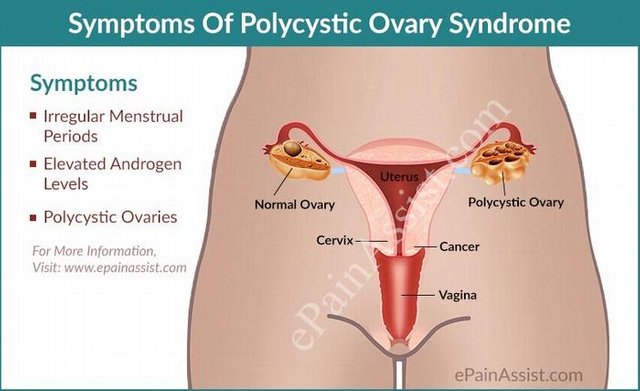
Do you hear about polycystic ovary syndrome? The post will help you understand more about the disease.
What is polycystic ovary syndrome?
Polycystic ovary syndrome (PCOS) is a disease that occurs in women with too many male hormones while female hormones in the body are not sufficient. This makes the ovulation more abnormal; therefore, if you do not treat prematurely, hormonal imbalances can have serious health effects and increases the risk of certain diseases including diabetes, heart disease, and reproductive disorders. Furthermore, when women have polycystic ovary syndrome, the amount of male hormone in the body is too much to stop the ovulation causing the egg to fill up in the follicle. If the follicles do not develop normally, ovulation occurs incorrectly in the cycle which will lead to the imbalance of male and female hormones in the body.
Besides, most women have polycystic ovary disease, their body responds to insulin resistance preventing glucose metabolism. Therefore, the main treatment is carried out by the addition of insulin to bring glucose into the cell of the patient to provide energy to the body. However, if the body contains too much insulin, women are more likely to have the appetite, resulting in weight gain and the production of the hormone male.
Signs of polycystic ovary
Due to the different changing hormonal, the signs of polycystic ovary syndrome (PCOS) also differ in women. Up to 80% of women with this syndrome are obese, overweight, and more than 70% of women have extensive hair growth in some part of their bodies such as the face, chest, lower abdomen, back or thighs. However, the post will show eight common signs of polycystic ovary syndrome.
– Irregular or prolonged menstrual cycles are the most common signs of polycystic ovaries. For example, in one year, you will have fewer than 9 “red lights” appearances. Each cycle lasts more than 35 days and abnormal bleeding. Menstruation is very rare or very much.
– Having difficulty conceiving
– Have skin problems such as acne, dark patches of skin or excess skin in the armpits or around the neck.
– Sleep apnea
– Grow feathers on the face, on the chest, abdomen, back or thighs.
– Depression or mood swings.
– Weight gain and obesity.
– Thin hair or heavy hair loss.
See more: http://sharingknowledge.world.edu/what-is-polycystic-ovary-syndrome-signs-the-main-cause-treat/